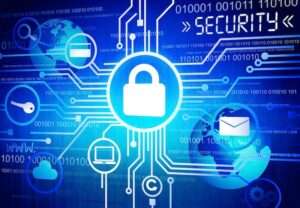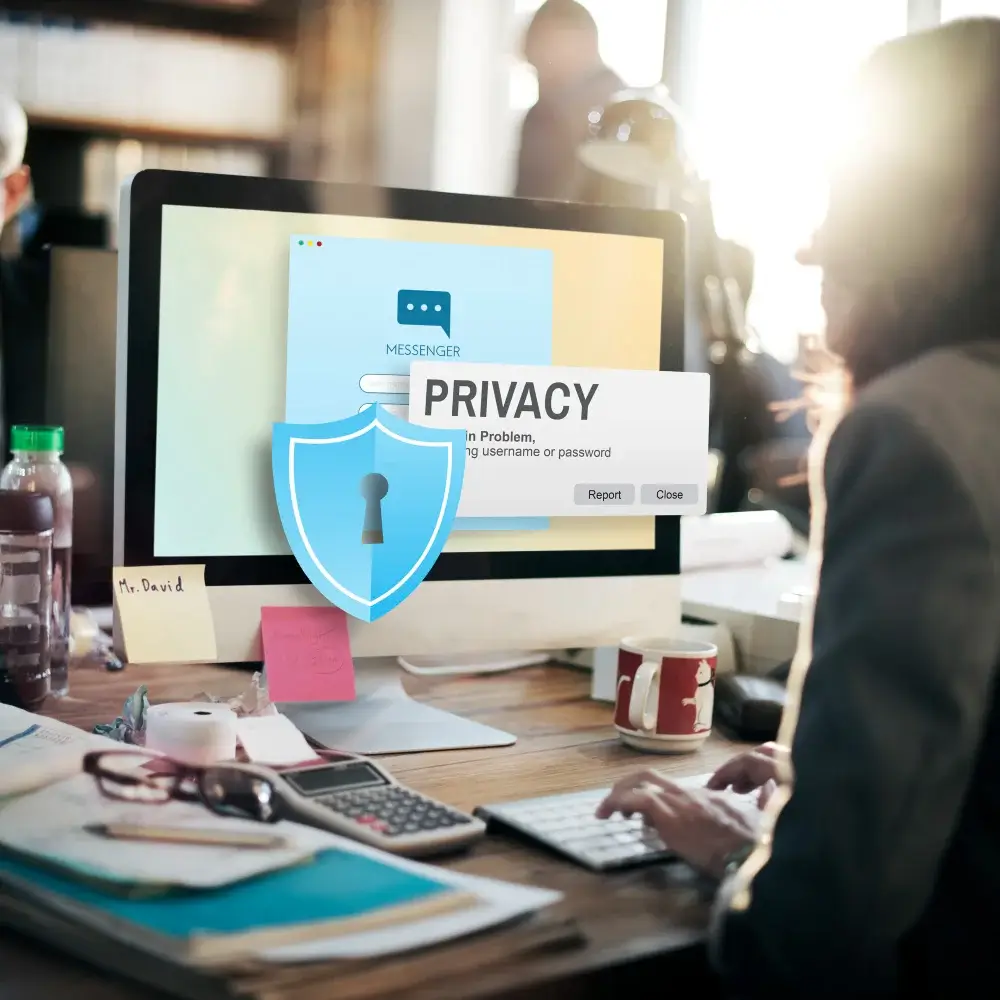Cybersecurity Best Practices: Protecting Your Data and Devices from Online Threats

In the fast-paced digital era, where technology governs almost every aspect of our lives, ensuring the security of our data and devices is paramount. The convenience and accessibility offered by the internet also bring forth the ever-growing risk of cyber threats. From data breaches to identity theft and malware attacks, the landscape of cybersecurity is evolving, necessitating a proactive approach to protect both individuals and businesses. In this article, we will delve into the intricacies of cybersecurity best practices, unveiling key strategies to fortify defenses and secure sensitive information. Let’s embark on a journey to understand and implement measures that go beyond conventional safeguards in a dynamic digital environment.
Keeping Digital Fortresses Strong: The Importance of Regular Software Updates
In the realm of cybersecurity, regular software updates stand as the first line of defense against potential online threats. These updates often carry crucial security patches designed to address vulnerabilities that cybercriminals may exploit. Neglecting these updates leaves a digital environment susceptible to attacks. Therefore, it is imperative to establish a routine of consistently checking and installing updates for all software applications, including operating systems, antivirus programs, web browsers, and other frequently used applications. By doing so, individuals and organizations can proactively fortify their digital landscapes and protect sensitive data from falling into the wrong hands.
The Power of Passwords: Crafting Strong and Unique Defenses
Creating robust and unique passwords is foundational to effective cybersecurity. Weak and easily guessable passwords expose accounts and sensitive data to unauthorized access. When crafting passwords, it is essential to incorporate a mix of upper- and lower-case letters, numbers, and special characters. Avoiding common choices, such as birthdays or pet names, is crucial. Using a unique password for each online account is paramount, as a compromised password on one account could jeopardize others. Consider utilizing a password manager to securely store and manage complex passwords. Investing time in creating strong passwords significantly enhances defenses against online threats, ensuring the safety of valuable data.
Fortifying Security with Two-Factor Authentication (2FA)
For an additional layer of security, enabling two-factor authentication (2FA) is highly recommended. This security feature requires not only a password but also a unique verification code to access accounts. Even if a password is compromised, gaining access without the second factor becomes significantly more challenging. Popular online platforms and services often offer 2FA, and leveraging this option enhances overall security, mitigating the risks of cyber threats.
Investing Wisely: The Role of a Reliable Antivirus
In the dynamic digital landscape, investing in a reliable antivirus solution is a critical step toward safeguarding data and devices. A robust antivirus program provides real-time protection against various forms of malware, including viruses, spyware, ransomware, and phishing attacks. It actively scans files and websites for potential threats, removes malicious software, and blocks suspicious activities to prevent unauthorized access. This investment not only offers peace of mind but also establishes a formidable defense against evolving cyber threats, ensuring the integrity of valuable data and devices.
Exercising Caution: Navigating the World of Suspicious Emails
Enhancing cybersecurity practices involves exercising caution when dealing with emails. Cybercriminals often use email as a primary means for malicious attacks, including phishing scams and malware distribution. These deceptive emails may mimic those of reputable organizations or individuals and contain harmful attachments or links. Vigilance is crucial when encountering emails from unknown senders or those appearing suspicious, even if they claim familiarity. Recognizing red flags, such as grammatical errors or unexpected attachments, is key. Staying vigilant and adopting a skeptical approach toward unsolicited emails safeguards sensitive data, preventing you from falling victim to cyber threats.
The Perils of Public Wi-Fi: Exercising Caution in Connectivity
When protecting data and devices from online threats, exercising caution with public Wi-Fi networks is vital. While these networks offer convenience, they also pose significant risks, as hackers can intercept sensitive information transmitted over unsecured connections. Mitigating these risks involves avoiding public Wi-Fi networks when possible or utilizing a virtual private network (VPN) to encrypt data, ensuring a secure connection. By taking these precautions, the likelihood of falling victim to cyber attacks while using public Wi-Fi is significantly reduced.
Data’s Guardian: Regular Backup Practices
Establishing a routine of regularly backing up important data is essential to safeguarding against potential loss or damage. This practice ensures easy restoration in the event of hardware failure, accidental deletion, or cyber attacks. Utilizing secure backup methods, such as external hard drives, cloud storage services, or automated backup software, enhances the integrity and accessibility of backed-up data. Regular backups serve as an insurance policy against potential data loss, reinforcing the principle that prevention is key in the realm of cybersecurity.
Knowledge as a Shield: Defending Against Phishing Scams
In the dynamic digital landscape, where cybersecurity threats continually evolve, phishing scams remain a prevalent danger. Cybercriminals employ this malicious technique to trick individuals into revealing sensitive information. Protecting against these scams requires education on their telltale signs and tactics. Recognizing suspicious emails, especially those requesting personal information or urging immediate action, is crucial. Wariness of attachments or links from unknown senders is also advised. Keeping software and security applications up-to-date further fortifies defenses against vulnerabilities exploited by phishing attacks. Staying informed and vigilant equips individuals to effectively defend against phishing scams and safeguard sensitive data.
Conclusion: Navigating the Digital Frontier Safely
In today’s digital age, protecting data and devices from online threats is imperative for both personal and professional purposes. Implementing the cybersecurity best practices outlined in this comprehensive guide provides a robust defense against potential cyber attacks. Staying vigilant, keeping software and devices up to date, using strong passwords, and exercising caution with emails and connectivity are essential components of a secure online environment. Let’s collaborate to create a safer and more resilient digital world.
